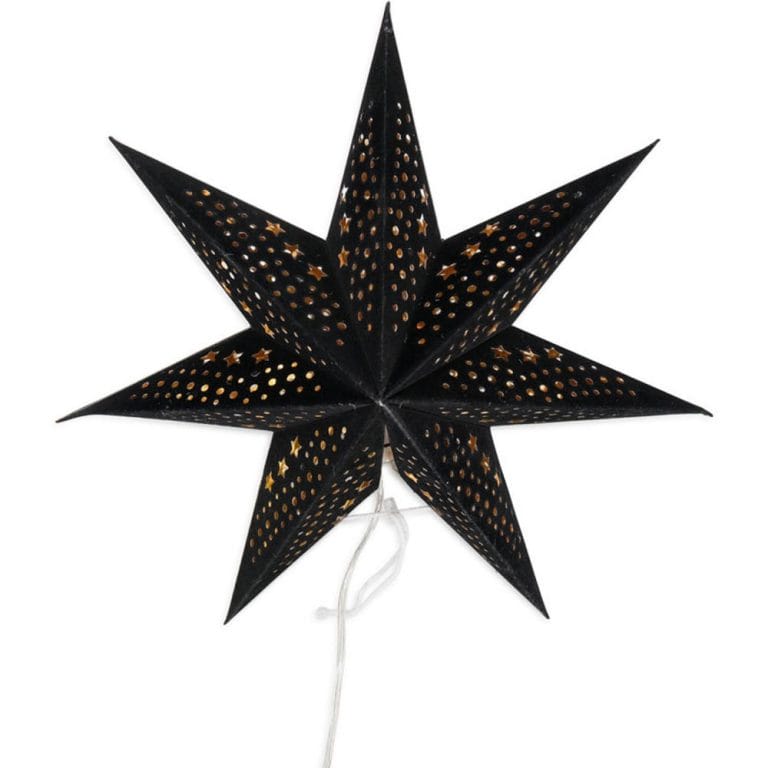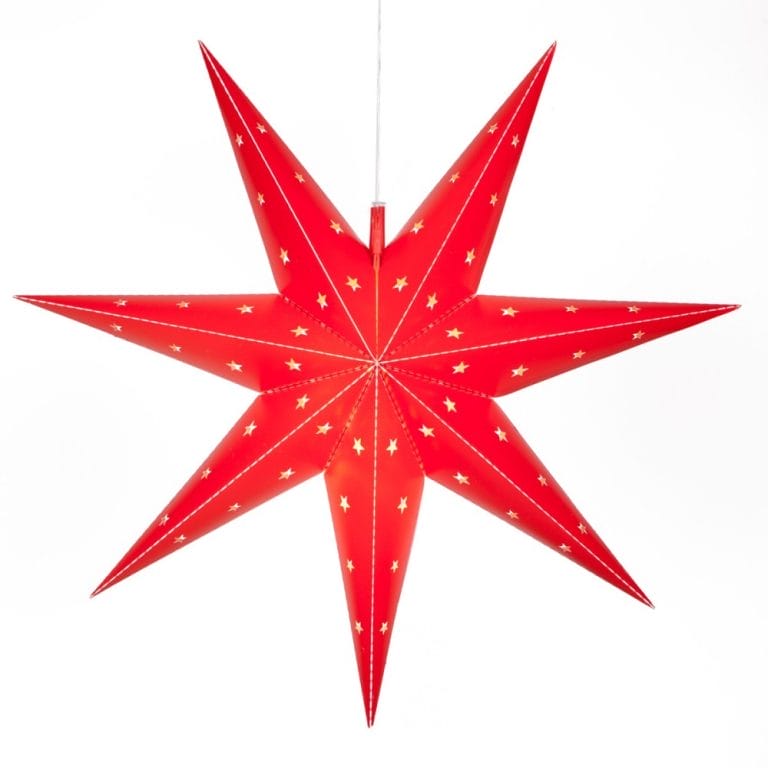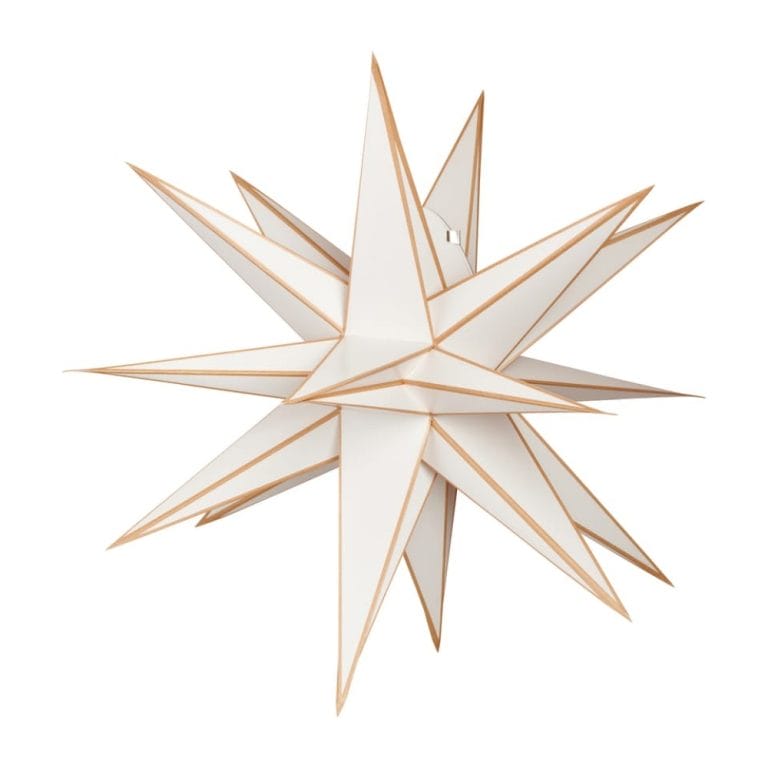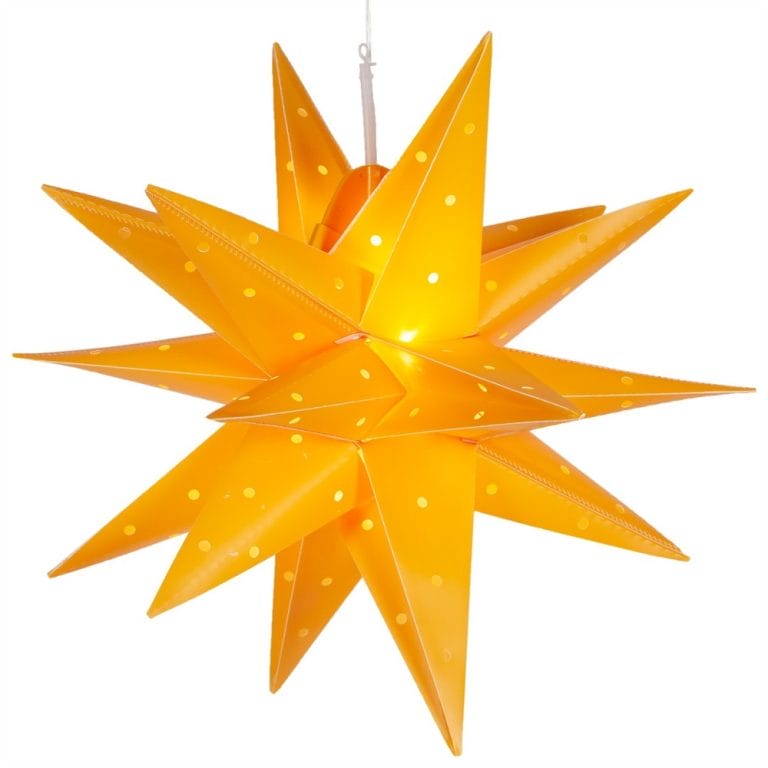Are you trying to find a reliable partner for wholesale bachelorette party supplies? Selecting the appropriate party supplier, manufacturer or wholesaler has an impact on profits, customer happiness, and return rates, regardless of your role as an e-commerce shopper, boutique merchant, or event planner.
Along with checklists, a grading scale, email templates, and negotiating advice to expedite decision-making, this book takes you through a six-point evaluation process, covering everything from MOQ and lead times to quality control, certificates, and sample policies.
Why bachelorette party supplies manfacturer selection matters?
Selecting the best wholesale bachelorette party supplies manufacturer involves more than simply buying; it also involves brand and customer experience considerations. Your reputation with retail shoppers and event planners is ultimately impacted by the products you stock, as are unboxing impressions, event success, and return rates.
A subpar supplier may result in costly returns, delayed shipments, uneven quality, broken packing, and compliance issues. Good suppliers are dependable, communicate well, and work with you to scale seasonal spikes (think spring/summer hen weekends) without incurring unexpected expenses.
Important results of choosing a reliable party supplier for bachelorette decorations:
Provide dependable product quality and packaging to cut down on returns.
Observe lead times to ensure that seasonal campaigns start on time.
Support custom design or private-label requirements.
Maintain a steady price to safeguard your profit margins.
6 Point BacheloretteDecorations Supplier Evaluation Checklist
Choosing the incorrect supplier can cost you money in missed sales, rework effort, and reputational harm. The six main areas to assess are listed below. You’ll find specific questions to ask vendors and what to check for in each area.
1. Minimum Order Quantity (MOQ)
Why it matters:
MOQ controls your working capital and inventory risk. Low MOQs may indicate a supplier who isn’t scale-ready for larger purchasers, while excessive MOQs can destroy cash flow for small businesses.
What to ask:
What is your standard MOQ per SKU and per color/size?
For pilot SKUs or new clients, is the MOQ negotiable?
Are there price breaks and tiers of MOQs (e.g., 500, 1,000, or 5,000 pieces)?
Sample cost and policy (who covers shipping?).
Can a MOQ be divided among several SKUs to create a mixed carton or container?
Are there extra costs associated with producing small lots?
What acceptable answers look like:
Clear, written MOQ policy (e.g., MOQ = 500 per design; mixed cartons accepted).
Adaptable pilot/sample program for initial purchases.
Discounted pricing tiers for higher quantities.
2. Lead Time & Production Capacity
Why it matters:
For controlling seasonal demand, launch schedules, and inventory planning, it’s important to have reliable lead times. Bachelorette party supplies are generally linked to certain occasions, so if they don’t arrive on time, you might lose revenue. Knowing how much a supplier can make and how flexible they are might help you prevent delays and running out of supply.
What to ask:
How long does it usually take to produce samples and large orders?
In comparison to custom or OEM orders, what are the typical lead times for stocked items?
How much—by how many days or weeks—do lead times grow during peak seasons?
What is the supplier’s monthly minimum and maximum production capacity for this product category, as well as their current manufacturing schedule?
For recurring customers or long-term partners, does the provider have a capacity reservation or backlog policy?
Are there possibilities for expedited production, and if so, what costs or order minimums are involved?
Does the supplier have backup facilities or subcontractors in case the main factory experiences disruptions?
How long will it take to ship and transit, including port handling, from the production to your main markets?
What acceptable answers look like:
Timelines that are clear and precise (e.g., samples in 5–7 days; bulk orders in 30–45 days).
A documented uplift % and minimum policy for urgent orders.
A clear production schedule that indicates blackout or peak times.
Red flags: Ambiguous lead periods (“typically 30 to 45 days”), frequent delays during the busiest time of year, or a supplier unable to verify monthly capacity.
3. Quality Control (QC) and Inspection
Why it matters:
In party supplies, where durability and attractiveness are crucial, poor quality control may lead to product flaws, high return rates, and harm to your brand’s reputation.
What to ask:
Are you able to offer comprehensive material specifications and tolerance ranges (e.g., print color tolerance, paper GSM)?
Do you provide test samples, production samples, and pre-production (PP) samples for important components?
Which final pre-shipment checks and in-process inspections are performed?
Which AQL levels are your QC approval criteria?
Before shipping, is it possible to provide inspection results, pictures, or videos?
Who pays for third-party inspections, and do you permit them?
How do you deal with short shipments or faulty batches?
What acceptable answers look like:
A committed internal quality control staff that provides reports or images prior to distribution. Pre-production check, in-line inspection, and final random sampling are the distinct stages of inspection.
Openness to inspections by outside parties.
A documented return or rework policy that is explicit and includes deadlines. It is made clear up front who is responsible for paying for inspections (usually the buyer pays for third-party examinations on initial orders; conditions can be renegotiated thereafter).
Establish acceptable quality limit (AQL) criteria for large orders, such as AQL 2.5 for significant flaws.
Defective action reports that include CAPA (Corrective and Preventive Actions) and documented root causes.
Written QC expectations that encompass sample approvals, AQL requirements, and remedies for non-conforming batches are included in purchase orders or contracts.
4. Certifications & Material Safety
Why it matters:
Safety and material compliance issues (e.g., material flammability, lead in paints, phthalates) are relevant to items used by humans, particularly party supplies that may come into contact with skin or be used near food or beverages.
What to ask:
Do you possess the necessary product safety certifications (such as EN71, CPSIA, or REACH) for the required items?
Are Material Safety Data Sheets (MSDS) available for your materials?
Are the materials and inks used certified child-safe or food-safe, if applicable?
Do you have any lab test results for toxicity or pigment that you could share?
What acceptable answers look like:
Up-to-date certificates on request and sample test reports.
Transparency about materials and manufacturing processes.
Willingness to run tests for new product lines.
5. Customization & Private-Label Services
Why it matters:
Customized and private-label supplies, such as branded packaging, special prints, or distinctive colors, help businesses stand out, increase profits, and establish their brands. A well-defined procedure guarantees seamless execution and avoids expensive delays for bachelorette kits or custom-printed items.
What to ask:
Which personalization choices—colors, printing, brand positioning, and hangtags—are available?
Is it possible to ensure precise color matching across Pantone, CMYK, and digital printing?
What are the tooling costs and minimums for printed designs or bespoke molds?
What is the minimum order quantity (MOQ) for private label or custom-printed goods, which are frequently greater than SKUs?
How long does it take to create a bespoke sample that has been approved?
Which possibilities for package customization are available, such as branded stickers, header cards, and printed boxes?
Do you provide confidentiality agreements or intellectual property protection for unique designs?
What acceptable answers look like:
Clear MOQ criteria, transparent pricing, and a step-by-step sample approval process are all part of bespoke printing.
Readiness to abide by an NDA in order to safeguard proprietary designs.
Customizable packaging options include retail-ready polybags with header cards, stickers, and customized inside boxes.
Before mass manufacturing, pre-production samples and digital mockups are made available for evaluation.
Actionable Step:
Have the OEM provide a comprehensive timetable outlining each step, starting with the idea, moving on to the sample, approval, manufacturing, and finally, delivery. Launching products and coordinating with marketing efforts are both made easier with well-defined timetables that include particular days for each stage.
6. Packaging & Shipping
Why it matters:
Shipping costs, product protection, and perceived value are all affected by packaging. Packaging that is both functional and aesthetically pleasing is essential for bachelorette party supplies. Improved shelf appeal, a more pleasant unpacking experience, and less shipping damage are all results of well-designed packaging.
What to ask:
How are goods often packaged—in retail-ready boxes, bulk bags, or polybags?
Do you provide branded inserts or bespoke retail packaging? What are the lead times and minimums?
For precise freight quotations, what are the weights and dimensions of the cartons?
Do you provide kitting services, like putting together entire party kits in a single box?
Are you able to manage barcode and labeling requirements, such as EDI compliance or retailer-specific item labels?
How may pre-assembled or delicate objects be packaged to guarantee safe delivery?
What acceptable answers look like:
A detailed rundown of available packaging choices, including lead times and minimum order quantities for bespoke packaging.
Kitting services are available, and the pricing breakdowns for each kit are clear.
Detailed carton dimensions and weight parameters are provided, as well as pictures or samples of typical packing.
Sample & Inspection Best Practices
A thorough sampling and inspection procedure expedites approvals and lowers risk. This is a useful process that you may use.
1) Start with a pre-sample conversation.
Make sure you understand the precise materials, colors (Pantone or swatches), measurements, and tolerances before placing your sample order. Request written confirmation of these from the provider.
2) Request a pre-production sample.
A PPS outlines the final product before the bulk run begins. All final materials, trims, and print locations must be included. Give your written approval or suggest changes.
3) Give a pre-shipment sample your approval.
Get a PS that depicts the real production unit when work is finished. Request high-quality images and brief movies that demonstrate packing and carton labeling for huge quantities.
4) When appropriate, use third-party examination.
Employ a respectable inspection company to verify AQL (such as 2.5/4.0) and provide an official report for high-value or high-volume orders. Inspections may include:
Verification of Quantity
Visual Flaws
Checks for Functionality (if applicable)
Integrity of Cartons and Packing
5) Reference samples from archives.
For QC comparisons in the future, save authorized samples in a safe place.
A brief list of bachelorette supply inspection checkpoints.
Print alignment and color coherence.
Strength of adhesive on stickers and confetti.
Strength of attachment for garlands, ribbons, and tassels.
Visual appeal of packaging (folding, window film, glazing).
Sharp edges and tiny pieces pose a safety risk.
Markings for compliance and labeling.
Warning signs to look out for:
Not all suppliers are reliable. The following indicators should cause you to stop or look further:
Lack of written regulations or ambiguous responses: There is a significant danger if they are unable to put the MOQ, lead time, or returns policy in writing.
Refusing to allow a third party to inspect: It is a warning sign when a supplier prevents inspections.
No sample or a sample that is never representative of the finished product: Quality control is inadequate if production does not match authorized samples.
Unknown source or evasiveness about raw materials: Request test results and MSDS; evasiveness indicates a danger of noncompliance.
The following prices seem too good to be true: Exceptionally cheap quotations may be a sign of subpar or fake goods.
High turnover and a lot of contradicting references: Think about considering other options if prior customers have complained about missing or delayed deliveries.
Under pressure to pay the entire sum up front: It is common practice to make reasonable split payments, such as a 30% deposit and 70% on the B/L or following inspection. Watch out for complete payments without any safeguards.
Steps to follow: How to get a quotation and sample?
Here’s a quick email template and step-by-step instructions for quickly requesting a price and sample.
Actions to take:
List the SKU, materials, dimensions, colors (Pantone), print files, target sale price, and anticipated order quantity on the specification page.
Request both normal and rush options for the lead time and minimum order quantity.
Request the sample cost and lead time, and find out if the sample fee will be reimbursed for large orders.
Request the MSDS, test results, and QC policies as compliance documents.
Ask for kitting information and packing alternatives.
Establish terms for payment and inspection:deposit percentage, permitted buyer-paid inspection?
Request recommendations from other merchants or marketplaces they work with (if permitted).
Decide on a tempo for communication: Portal, email, and WhatsApp notifications.
Selecting a trustworthy wholesale source for bachelorette party supplies requires objective evaluation, systematic questioning, and explicit contractual safeguards, particularly for bespoke or private-label work.
Please [download the supplier assessment checklist directly] if you require one.
Checklist for Onboarding Following Supplier Selection
Sign the NDA and the agreement on product specs.
Written approval of the sample or samples should be included to the contract (save photographs).
Verify the manufacturing schedule, including the dates for the mold, printing, commencement of production, inspection, and shipment.
Place a pilot order using the predetermined inspection procedures.
If a third-party inspection is employed, schedule it and provide the inspector’s information.
Verify the packaging and labeling information for retail readiness.
During the run, establish a consistent communication cadence by providing weekly production updates.
For the next choices, update your supplier scorecard and note any lessons learned.
Last Checklist
Catalog, MOQ and tiered pricing, lead times, capacity, certifications, packaging specifications, payment and return terms, and references are all requested.
Use a weighted rubric to assign scores to providers.
Demand written sample approvals and PP and production samples.
Explain what AQL is and incorporate it in the contract.
Verify the labeling, palletization, and packing to ensure retail readiness.
Prior to growing, plan a modest pilot order.
Discuss service level agreements (lead time, rework, inspection) and volume discounts.
FAQs:
Q: How many bachelorette party supplies vendors should I consider before selecting one?
A: Aim for a minimum of three reliable choices. Examine bids, sample quality, and MOQs. Think about placing small pilot orders with two suppliers for new product lines to observe which one operates best.
Q: What is the usual MOQ for bachelorette party supplies?
A: MOQs depend on the product and how much customisation it needs. Stocked goods usually have minimum order quantities (MOQs) of 100 to 500 units. Custom-printed or branded kits usually need 1,000 to 5,000 units. Always ask your vendors about tiered pricing.
Q: Should I expect samples to be free?
A: A lot of suppliers charge for delivery and samples, particularly for personalized bachelorette party supplies. After a large order is confirmed, some waive sample fees. Provide sample cost policies in advance.
Q: Do I have to take the lowest quote every time?
A: Not at all. Poor packaging, lengthy lead times from capacity juggling, or low pricing can all be disguised by low quality. Compare price to other considerations using the checklist.
Q: What is the lead time for personalized bachelorette party supplies kits?
A: Depending on the intricacy and time of year, custom orders typically take 30 to 75 days. Request a production schedule and account for shipping, which might take anywhere from 10 to 40 days, depending on the mode and route.
Q: Is it required to have a third party inspect?
A: Yes, for orders that are high in value, volume, or compliance. You could accept pre-shipment pictures and in-house quality control for small, inexpensive purchases, but be aware of the danger.






















